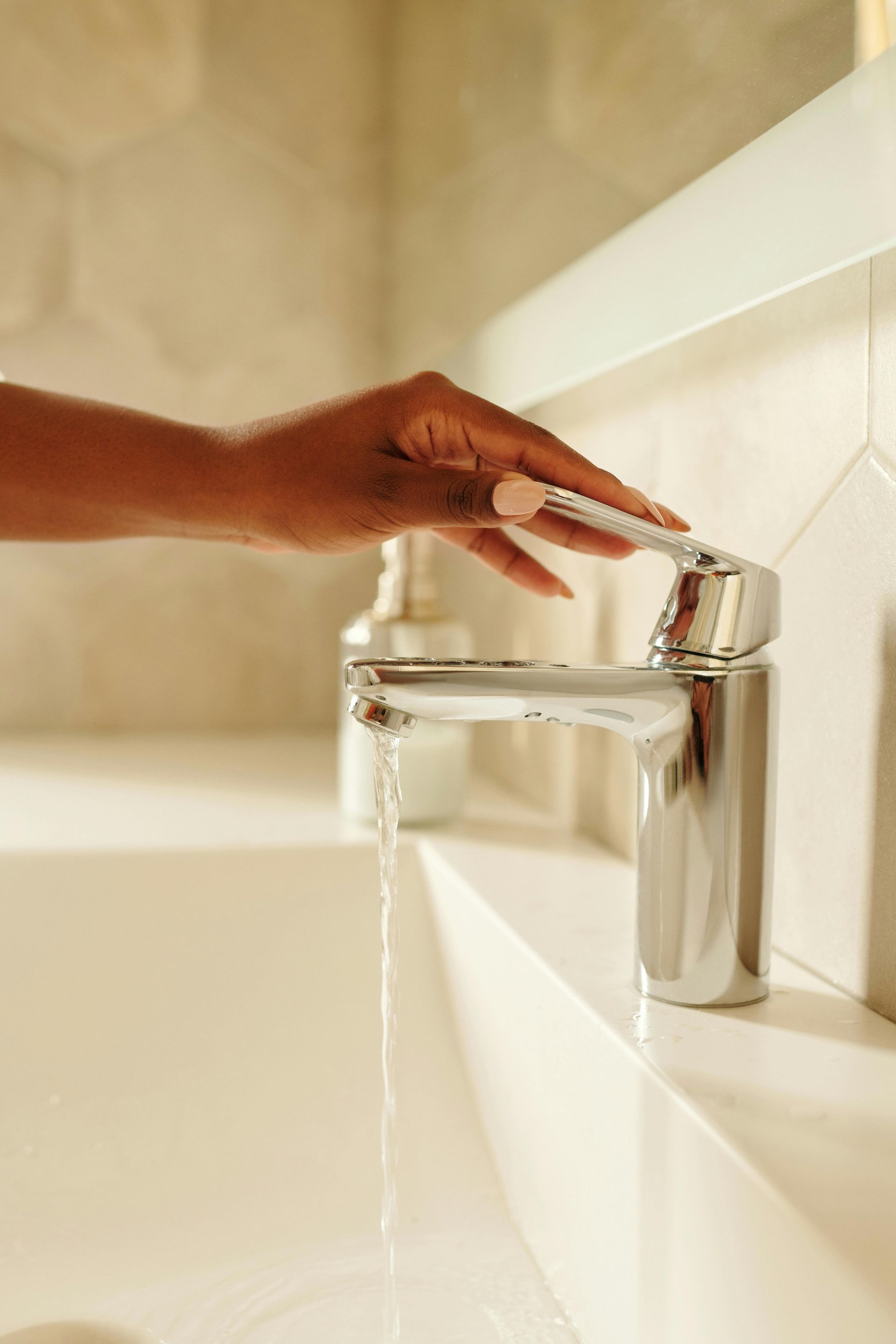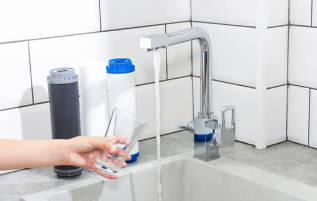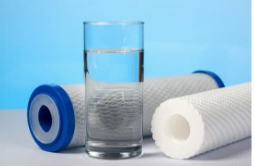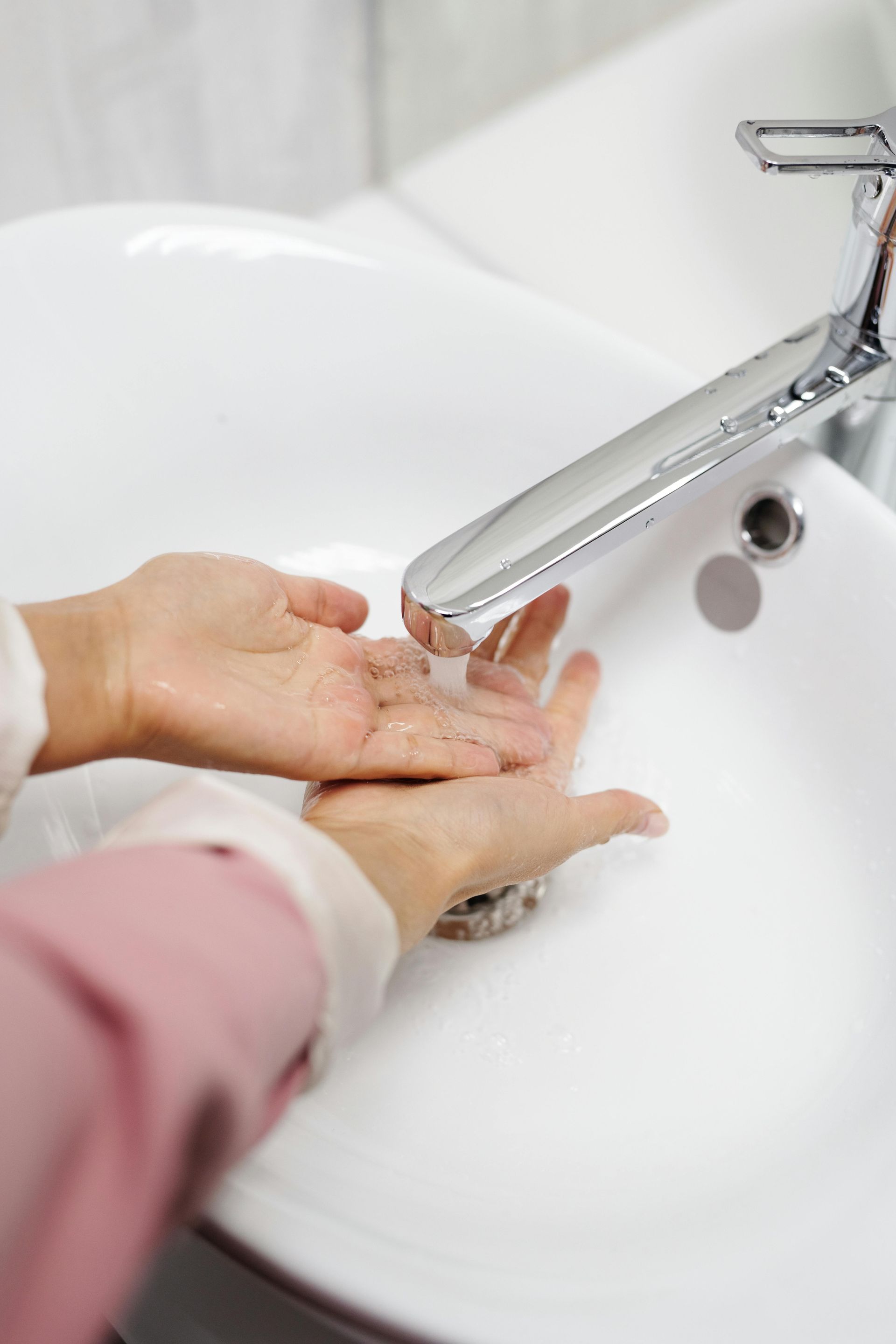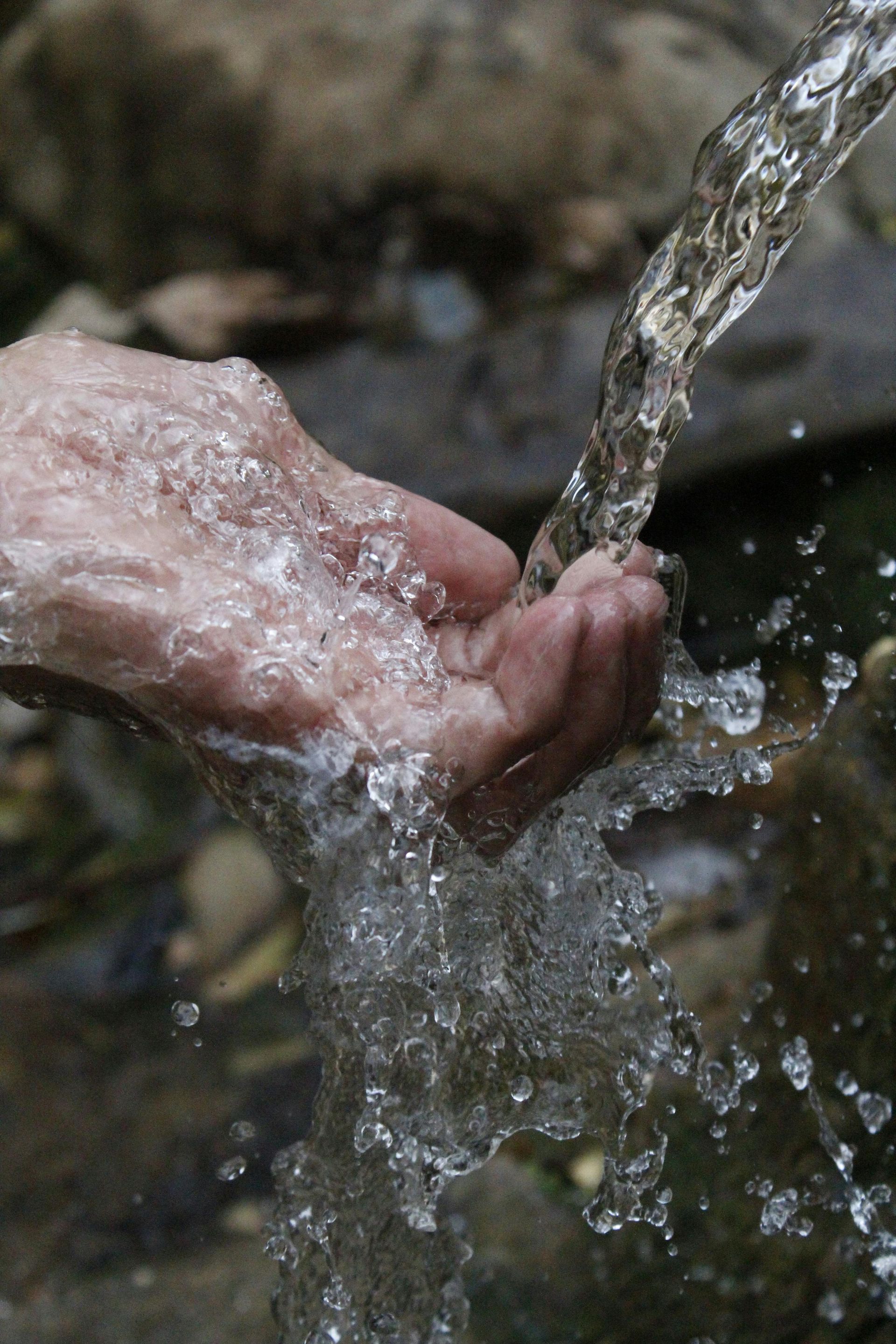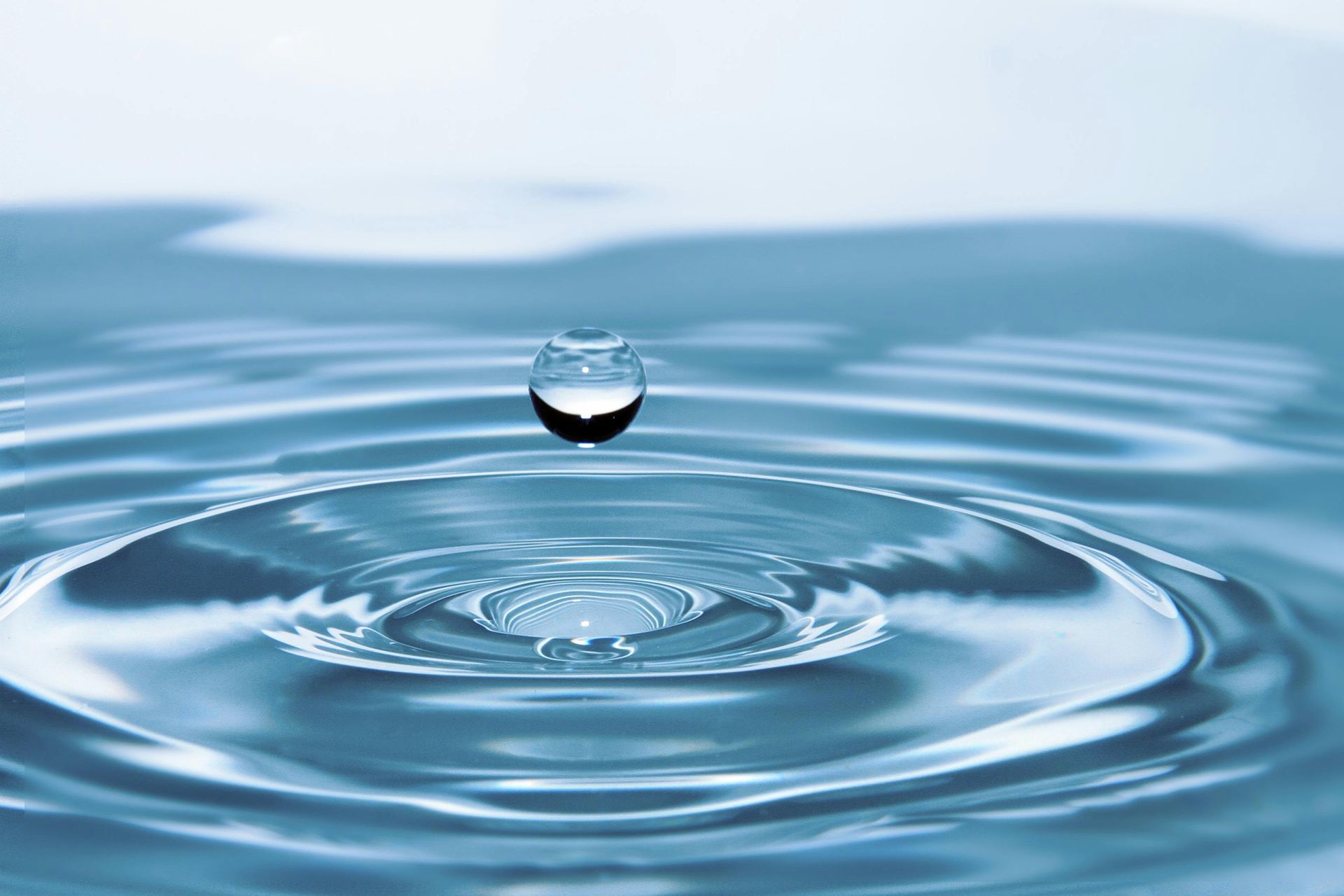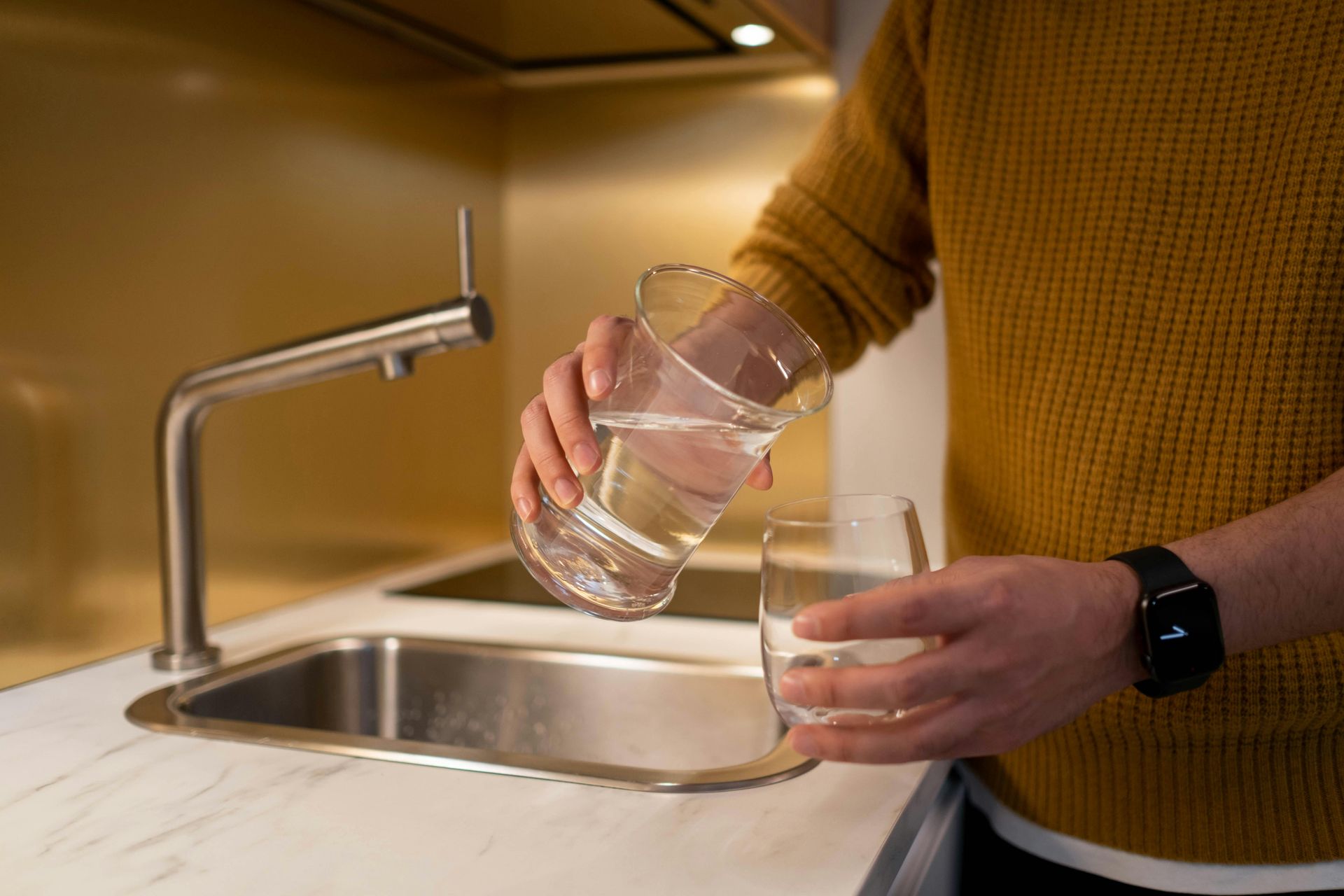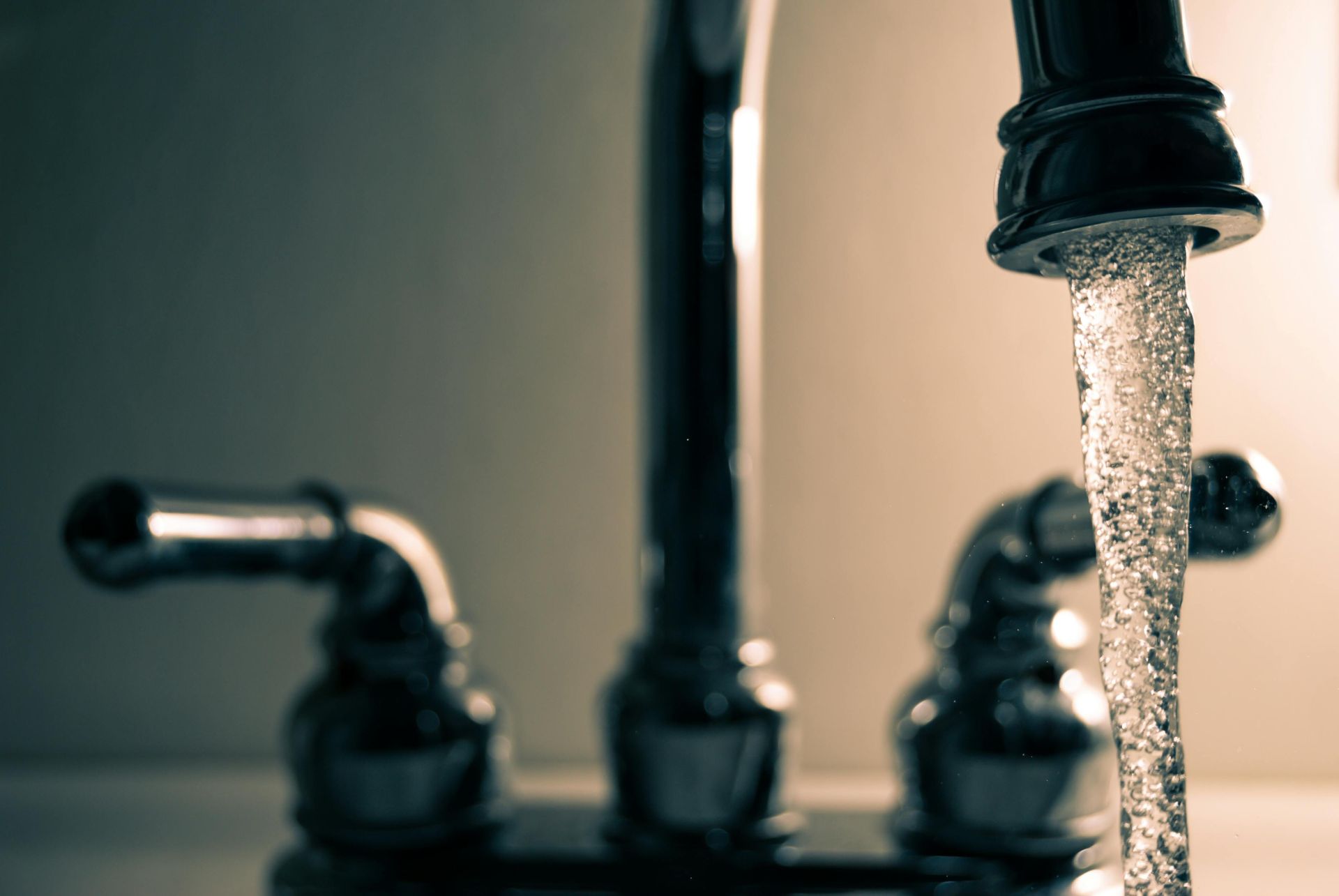How to Improve Your Drinking Water: Exploring Filtering Solutions
Effective Your Drinking Water Quality with Effective Filtration Solutions
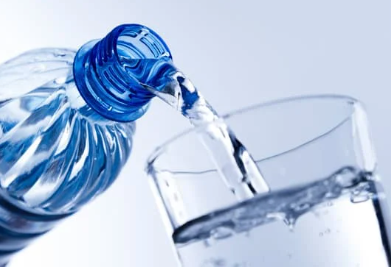
Water is the essence of life, and having access to clean and safe drinking water is essential for our health and well-being. However, in many places around the UK, tap water quality can vary, leading to concerns about contaminants and impurities. This is becoming increasingly the case with news of contamination and general mistreatment of our water becoming more frequent.
Fortunately, there are several filtering solutions available to improve the quality of your drinking water and ensure it's safe for consumption. In this article, we will explore various water filter treatments and strategies to help you make an informed decision on how to enhance your drinking water.
Understanding Water Contaminants
Before we delve into filtering solutions, it's crucial to understand the potential contaminants that can affect the quality of your drinking water:
Microorganisms: Bacteria, viruses, and parasites can make water unsafe to drink and cause illnesses.
Chemicals: These include chlorine, fluoride, heavy metals (such as lead and mercury), pesticides, and industrial pollutants. It’s important to note that some chemicals and particles in our water aren’t necessarily harmful in the quantities found but they can impact the taste and smell of the water.
Sediments: Sand, silt, and rust can make water appear cloudy and affect its taste and odour. This is particularly an issue in areas with older infrastructure.
Minerals: Excess minerals like calcium and magnesium can result in hard water, causing scaling and negatively impacting the taste of water. Hard water is an issue for a lot of the UK. To learn more about hard water and how to deal with it, click here.
Activated Carbon Filters
Activated carbon filters are one of the most common and versatile filtering solutions available. They are highly effective at removing a range of contaminants, including:
Chlorine: Activated carbon filters can effectively remove chlorine and its by-products, which are often used to disinfect municipal water but can affect taste and odour.
Volatile Organic Compounds (VOCs): These are chemicals like benzene, toluene, and pesticides, which can contaminate water sources. Activated carbon filters can adsorb many VOCs.
Bad Taste and Odour: Activated carbon improves the taste and smell of water by eliminating compounds that cause unpleasant flavours and odours.
Some Heavy Metals: While not as effective as reverse osmosis systems, activated carbon can reduce the levels of heavy metals like lead and mercury in water.
Organic Chemicals: Organic chemicals like herbicides and industrial pollutants can be removed or reduced by activated carbon filters.
Activated carbon filters are commonly found in various forms, including pitcher filters, faucet-mounted filters, and under-sink filtration systems. They are relatively affordable and easy to install. However, they do have a limited lifespan and must be replaced periodically to maintain their effectiveness.
Reverse Osmosis (RO) Systems
Reverse osmosis is a highly efficient water purification method that uses a semipermeable membrane to remove a wide range of contaminants. RO systems are effective at removing:
Bacteria and Viruses: The membrane's small pores can block the passage of microorganisms, making RO systems excellent for disinfection.
Dissolved Solids: RO systems can significantly reduce the levels of minerals, including calcium, magnesium, and sodium, as well as heavy metals like lead and arsenic.
Chemicals: RO systems excel at removing chemicals, including chlorine, fluoride, and many other organic and inorganic compounds.
RO systems typically consist of multiple stages, including pre-filters and post-filters, to enhance water quality and extend the life of the membrane. While they provide a high level of purification, they can be more expensive to purchase and maintain compared to other filtration options. Additionally, they can generate wastewater during the filtration process, which should be considered especially for domestic use.
UV Water Purifiers
UV water purifiers use ultraviolet light to disinfect water by destroying the DNA of microorganisms, rendering them harmless. While UV purifiers are highly effective at killing bacteria and viruses, they do not remove chemical contaminants or sediments. UV purifiers are often used in combination with other filtration methods for comprehensive water treatment.
Water Softeners
Water softeners are designed to address the problem of hard water, which occurs when water contains high levels of calcium and magnesium ions. They work by exchanging these ions with sodium ions through a process called ion exchange. Water softeners can prevent scale buildup in pipes and appliances, improving the lifespan of plumbing systems and water-using appliances. However, they do not remove other contaminants, making them less useful in areas that have major issues with water contamination.
Gravity Filters
Gravity filters are a sustainable option that does not require electricity. They use the force of gravity to push water through a filtering element, which can be made of ceramic, activated carbon, or other materials. These filters are often used in emergency situations or in areas with limited access to clean water. They are suitable for removing sediments and some microorganisms but may not be as effective as RO systems or UV purifiers for comprehensive water purification.
Improving the quality of your drinking water through filtration solutions is a wise investment in your health and well-being. By understanding the potential contaminants in your water and choosing the right filtering solution, you can enjoy clean, safe, and great-tasting water at home. Remember to install and maintain your filtration system properly to ensure its effectiveness in providing you with high-quality drinking water. With these steps, you can take control of your water's quality and enjoy a healthier lifestyle.


